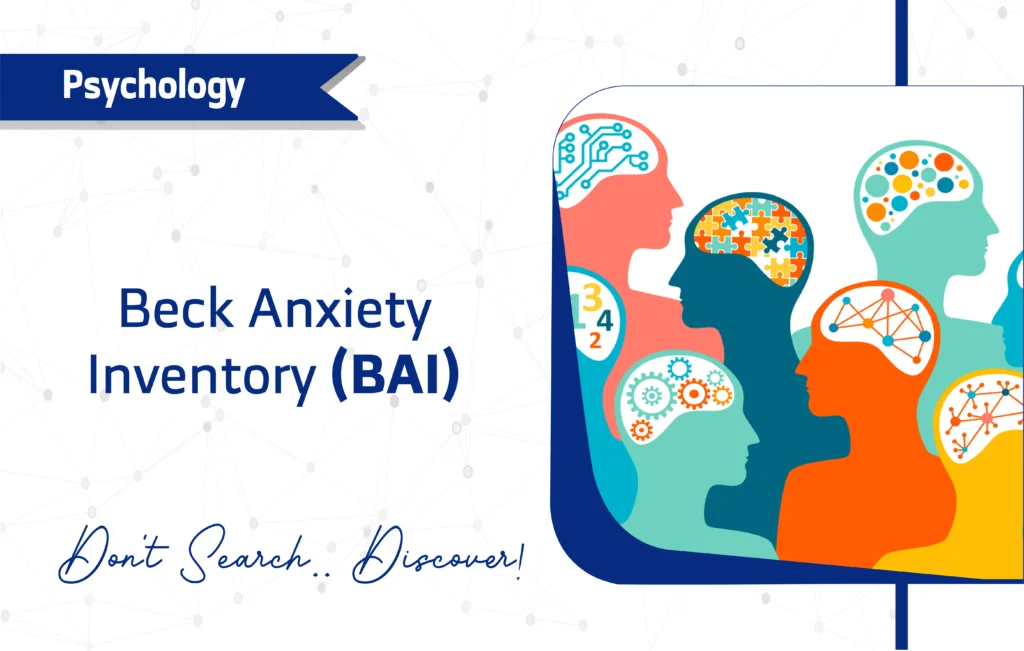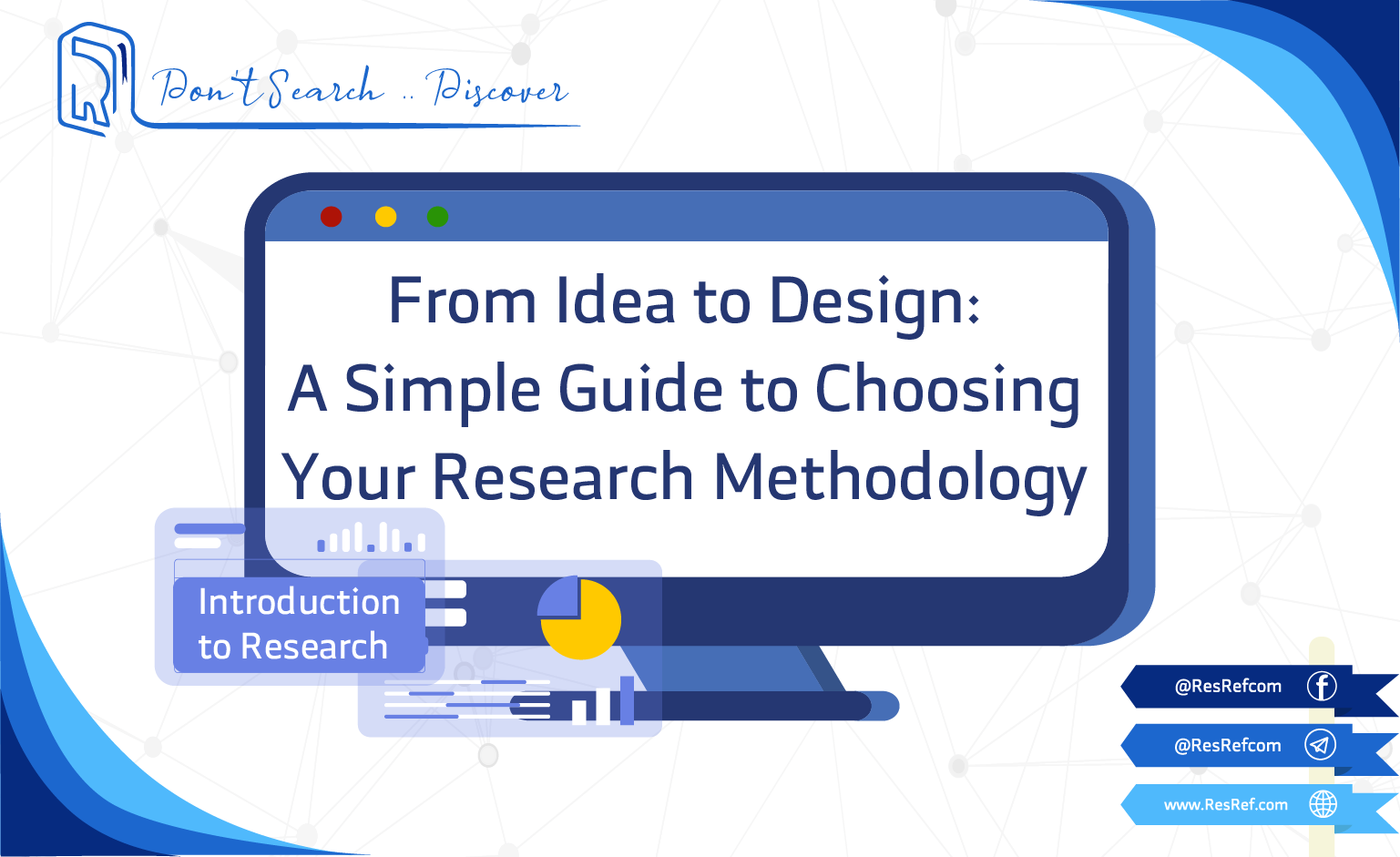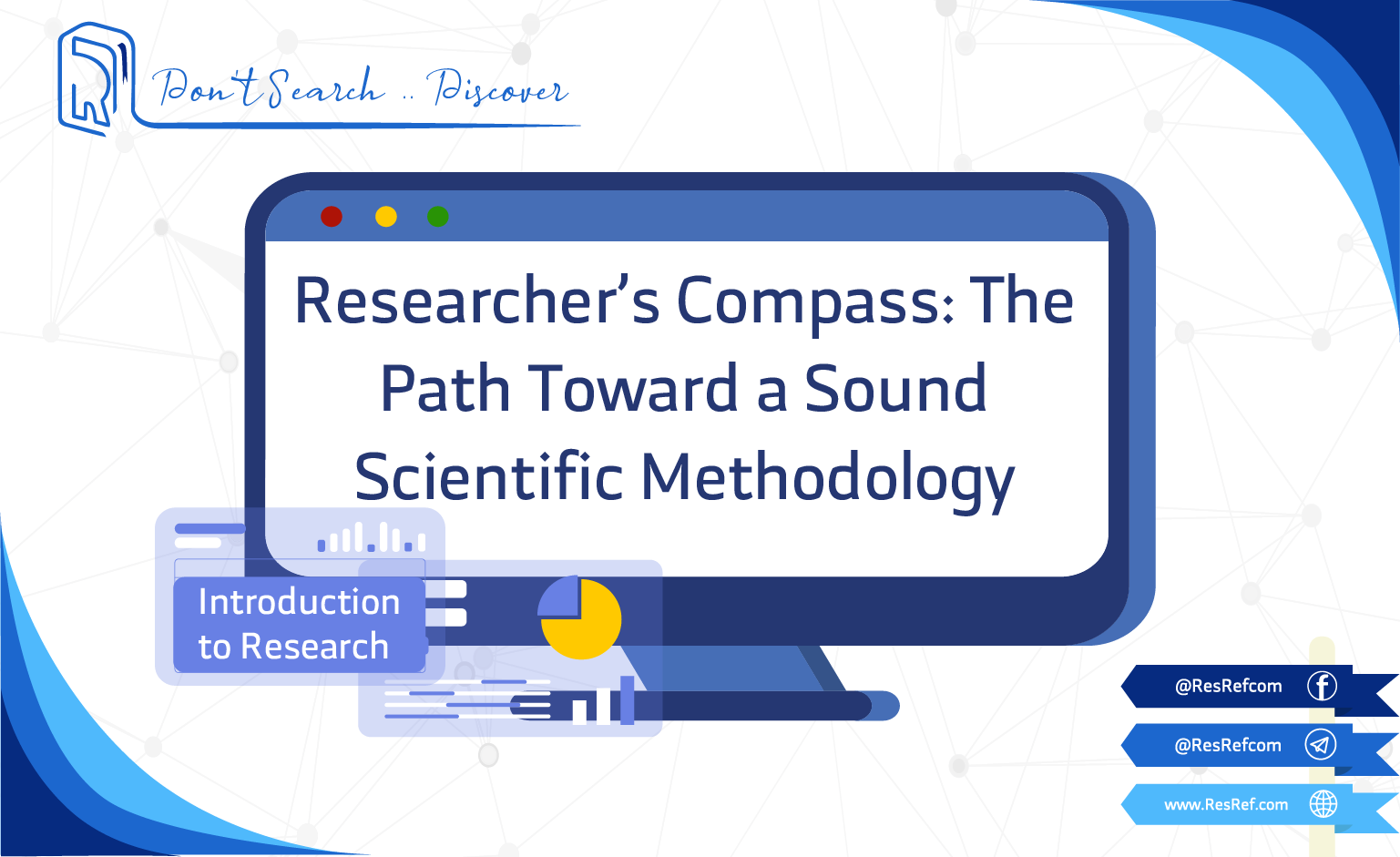Introduction
As of 2024, the Beck Anxiety Inventory (BAI) has accrued over 34,000 citations on Google Scholar, underlining its significance in mental health research (Beck et al., 1988; Steer et al., 1996). Moreover, validation studies have consistently demonstrated its strong psychometric properties, including high internal consistency and acceptable test-retest reliability 12. Therefore, both clinicians and researchers rely on the BAI as a rapid, self-report measure to quantify the severity of anxiety symptoms across age groups.
Key Features of Beck Anxiety Inventory
Purpose and Use
Uses for Beck Anxiety Inventory include:
Assess the severity of anxiety symptoms in adolescents and adults.
Differentiate anxiety from depression—it was specifically designed to minimize overlap with depressive symptoms (unlike earlier tools).
Track treatment progress—clinicians use it to evaluate symptom changes over time.
Screen for anxiety disorders in medical or psychiatric settings.
Target Population
The BAI targets adult patients aged 18 years and older as well as adolescents. It is suitable for various age groups, including:
- Adolescents (13-17)
- Young Adults (18–24 years)
- Middle-Aged Adults (25–44 years)
- Older Adults (45–64 years)
- Seniors (65+ years)
Structure
The questionnaire includes 21 items, Covering somatic and cognitive anxiety indicators over the past week.
Scoring Method
Each of the 21 items is rated on a 4-point Likert scale, assessing symptom frequency or severity, and ranging from 0 (not at all) to 3 (severely). The total score results from the sum of all item scores and ranges as following:
- 0–7 = Minimal anxiety
- 8–15 = Mild anxiety
- 16–25 = Moderate anxiety
- 26–63 = Severe anxiety
Administration Format
The questionnaire can be administered in different formats (digital, papaer-based, or in-person interview), ensuring flexibility in different settings. It takes approximately 5-10 minutes to complete, making it efficient for both clinical and research environments.
Applications of Beck Anxiety Inventory
The BAI’s versatility makes it suitable for multiple objectives:
- Screening: Quick identification of individuals with elevated anxiety symptoms.
- Monitoring: Tracking symptom changes over time in clinical trials or therapy.
- Research: Outcome measure in studies examining anxiety prevalence, treatment efficacy, or psychophysiology.
- Populations: Effective for both clinical and non-clinical adult samples, as well as college students and geriatric groups.
Languages Available
The BAI is available in English, Arabic, Chinese, French, German, Hindi, Japanese, Portuguese, Spanish, Turkish, and other languages.
Reliability and Validity
The BAI demonstrates high reliability and validity, with a Cronbach’s Alpha = 0.92, showing excellent internal consistency
Limitations and Considerations
Despite its strengths, users should be aware of certain drawbacks:
- Self-Report Bias: Susceptible to social desirability and response bias.
- Cultural Sensitivity: May require cultural adaptation for non-Western contexts.
- Sensitivity to Change: Less responsive to subtle symptom shifts in some populations.
- Cost Barrier: Proprietary license may limit access in low-resource settings.
Additional Resources
For more information on the BAI and to access the full questionnaire, visit the following resources:
- A direct link to the Original Validation Study
- You can access the questionnaire as a PDF through this link
- Another validation study here
Frequently Asked Questions (FAQ)
What does the BAI measure?
It quantifies the severity of physical and subjective anxiety symptoms experienced over the last week.How long does it take to complete?
Typically, 5–10 minutes, making it feasible for busy clinical and research settings.Is specialized training required?
No extensive training is needed; however, clinicians should understand score interpretation.Can I use the BAI in languages other than English?
Yes, validated translations include Arabic, Spanish, Mandarin, and more—see available versions here.
A word from ResRef about Beck Anxiety Inventory
The Beck Anxiety Inventory (BAI) is a widely used and well-validated psychological tool designed to assess the severity of anxiety symptoms in adolescents and adults. Developed by Aaron T. Beck and Robert A. Steer, it consists of 21 items. The BAI remains a reliable and efficient measure that can be administered in multiple formats and languages, making it a valuable asset in mental health assessment. Its simplicity and strong psychometric properties make it ideal for various settings.
References
- Beck, A. T., Epstein, N., Brown, G., & Steer, R. A. (1988). An inventory for measuring clinical anxiety: Psychometric properties. Journal of Consulting and Clinical Psychology, 56(6), 893–897. Link
- Steer, R. A., Ranieri, W. F., Beck, A. T., & Clark, D. A. (1996). Reliability and validity of the Beck Anxiety Inventory. Retrieved from Link
- Psychology Roots. (n.d.). Beck Anxiety Inventory (BAI). Retrieved May 2025, from Link







